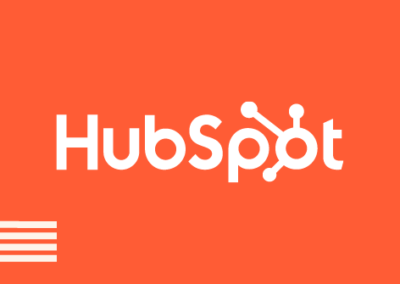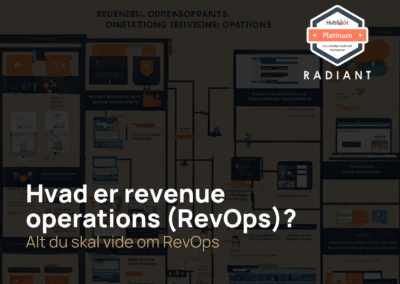HubSpot Sales Hub provides a variety of features that can help you achieve that, including Record Customization. With Record Customization, you can tailor your sales pipeline and CRM to your specific needs, ensuring that you’re tracking the right information and optimizing your workflow.
What is a HubSpot Record?
A HubSpot record refers to an individual entry or data point within HubSpot. Each record represents a specific entity, such as a contact, company, deal, or ticket, and contains relevant information about that entity. You could, therefore, say that a record is all your data within HubSpot.
Types of HubSpot Records
Here we will go through some of the records in HubSpot
- Contact Record: Represents an individual person and contains information such as their name, email address, phone number, and any other relevant data points. It also tracks interactions and engagements with that person, like email opens, website visits, and form submissions.
- Company Record: Represents a business or organization. It includes details like the company’s name, industry, size, and revenue. Multiple contact records can be associated with a single company record.
- Deal Record: Represents a potential sale or revenue opportunity. It includes details about the deal’s value, stage (e.g., prospecting, negotiation, closed-won), associated contacts, and timeline.
- Ticket Record: Used in customer service and support scenarios, a ticket record represents a customer issue, inquiry, or request. It tracks the status, priority, and resolution of the ticket.
- Custom Objects: In addition to the standard record types, HubSpot allows users to create custom objects. These are tailored data structures that businesses can define based on their unique needs.
Why can Record Customization Help you Gain More Sales
Record Customization is a key feature that gives you permission to customize the fields and stages in your sales pipeline, as well as the information that you collect from prospects and customers. This feature can help you gain more sales by ensuring that you have the right information at the right time, allowing you to tailor your sales approach and close deals more effectively.
What are the Benefits of Record Customization in Correlation to Sales
There are several benefits to using Record Customization in HubSpot.
- Firstly, you can customize the fields that appear in each record type, allowing you to track the information that’s most important to your sales process.
- Secondly, you can tailor your sales pipeline to match your unique process, ensuring that you’re tracking your deals in a way that’s efficient and effective.
- Finally, you can use Record Customization to ensure that you’re collecting the right information from prospects and customers, which can help you personalize your sales approach and close deals more effectively.
How to Manage Records in HubSpot
Records in Hubspot are an essential part of the platform, and you have to manage them to use your HubSpot to its fullest.
Accessing Records
- For Contacts: Go to Contacts section and select ‘Contacts’.
- For Companies: Head to Contacts and then choose ‘Companies’.
- For Deals: Go to the Sales section and pick ‘Deals’.
- For Tickets: Head to the Service section and select ‘Tickets’.
- For Custom Objects: Under Contacts, choose the specific custom object you’re interested in.
Understanding the Record Interface
- Left Panel: This section offers actions you can perform on the record and displays the record’s main details. For contacts, it also provides communication preferences and web interactions.
- Central Panel: This is where you’ll find a chronological log of activities related to the record and a snapshot of key associations and attributes.
- Right Panel: Here, you can see quick previews of records linked to the current one and any attached files. Depending on your HubSpot plan, you might also find additional tools here.
Modifying a Record
- Actions & Details: On the left, you’ll find options to modify the record’s main details. Use the pencil icon to make edits.
- Activity Log: The central section provides a chronological view of all activities linked to the record. You can sort, search, and manage these activities as needed.
- Snapshot Overview: This gives a concise summary of the record’s key information, recent actions, and linked records.
An Example Where It’s Relevant for a Company
Record Customization can be relevant for any B2B company that wants to optimize its sales process. For example, a software company might use ‘Record Customization’ to track the specific features and integrations that each prospect is interested in, enabling their sales team to tailor their approach and close deals more effectively. Alternatively, a manufacturing company might use Record Customization to track the specific product specifications and timelines that each customer requires, ensuring that they’re delivering the right products at the right time.
How Radiant can help you
Radiant is a top-tier HubSpot partner that can help you get the most out of HubSpot and its features, including Record Customization. As experts in marketing automation, HubSpot implementation/migration and sales enablement, Radiant can help you customize your HubSpot account to your specific needs, ensuring that you’re using the platform to its fullest potential.



